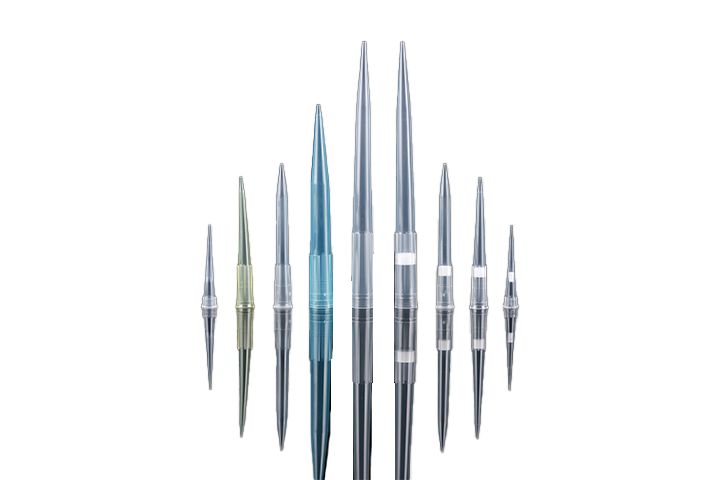Fetal Bovine Serum (FBS)
Frequently Asked Questions

There is no difference. Both terms refer to serum from an unborn cow.
It is dialyzed by tangential flow filtration against 0.15 M NaCl using a 10,000 molecular weight cutoff membrane until the glucose level is less than 5 mg/dL. Because this is not exhaustive dialysis, low molecular weight dialyzable components such as amino acids may not be completely removed. Exhaustive dialysis is not performed because it can result in precipitation and inactivation of serum peptides.
The serum is from the same source, collected and processed in the same way. The differences are in the testing performed on the serum and the specifications for release. Certified serum undergoes additional biochemical and hormonal testing. Certified FBS has a lower concentration of endotoxin (5 EU/mL or less) and hemoglobin (15 mg/dL or less).
It means the company maintains all auditable history of quality and quantity of materials from the point of collection (including specific animal numbers for donor products), and documentation supporting all stages of processing and transportation or commercial transactions.
Heat it at 56°C in a water bath for 30 minutes and swirl the bottle every 10 minutes or so. For accuracy, use a second bottle of similar size as a control and add an equivalent volume of water to the control bottle. Place a thermometer in the control bottle to see when 56°C is reached. Set your timer for 30 minutes at this point.
Heating inactivates complement. Active complement can participate in cytolytic events, contract smooth muscle, release histamine from mast cells and platelets, and activate lymphocytic and macrophage cells. Applications where heat-inactivated serum is recommended include immunological studies and culturing of embryonic stem cells (ESCs), insect cells, and smooth muscle cells.
Gamma irradiation is recognized as an effective method for inactivating viruses in animal-origin material. The minimum dosage for treating blood derivatives of animal origin is 25 kGy (kilogray). Certain European countries require products to be treated prior to importation with a minimum dose of 25 kGy. We will gamma-irradiate serum on request. We have validated a process for using gamma irradiation in the range of 30–45 kGy to inactivate the most common bovine viruses and mycoplasmas that may be present in FBS. The level of inactivation is 6–8 logs for viruses and 6–7 logs for mycoplasmas. We have also demonstrated that physiochemical properties and cell culture performance of serum are not altered by gamma irradiation at levels of 30–40 kGy.
Yes, we offer a wide range of custom options. Please contact our serum specialists to discuss your application and research needs. We will work with you to supply sera that is specially processed and tested to meet your individual requirements. Some examples of our custom capabilities are heat inactivation, gamma irradiation, and testing for tetracycline residues.
Most FBS products that are unopened and stored in a freezer have a 5-year shelf life. Also, you can refer to the expiration date on the bottle and the Certificate of Analysis for this information.
Serox FBS is not pre-aged. When stored at 2–8°C, various proteins and lipoproteins in the serum (e.g., cold agglutinins, fibrinogen, vitronectin) may aggregate and form visible material or turbidity; however, this should not affect serum performance. We recommend that you store FBS at –20°C and avoid repeated freeze-thaw cycles.
Flocculence may appear in FBS for a variety of reasons. The most common reason is the denaturation of serum lipoproteins. You may observe fibrin, a clot-forming protein, after the serum has been thawed. This should not affect serum performance. To remove flocculence, transfer the serum to sterile tubes and centrifuge the material briefly at 400 x g, then filter the resulting supernatant along with your media. Do not attempt to filter serum containing flocculence, as it may clog filters.
Fetal bovine serum is triple-filtered through 0.1 μm filters. Bovine serum is filtered through 0.2 μm filters.
Our limit of detection for tetracycline is 19.7 ng/mL, and tetracycline must be “undetectable” to pass inspection, but we cannot say that it is tetracycline-free.
Serum should be thawed overnight at 2–8°C.
All Serox FBS is shipped frozen and packaged in dry ice, so it should arrive frozen. You can still confidently use FBS that is partially thawed, if at least two-thirds of it is frozen.
Yes, after the overnight thaw, you can aliquot the serum into smaller, single-use aliquots and refreeze it.
Serum should be used within 2–4 weeks when stored at 2–8°C.
You can test each new lot to be sure that it works for your specific applications. Our serum sales team can determine the most consistent, highest-performing serum lot available.
Serox FBS is available in 100 mL and 500 mL bottles.
Your serum sales representative will be happy to assist you in getting a reserve set up for a specific lot or testing to see what lot may work best for you. Alternatively, you can request a FBS sample yourself at here.

